After Ableton have successfully gone into publishing with Dennis DeSantis’ book, Cycling ’74 now follow suit. The 272-page book by Gregory Taylor is called “Step By Step – Adventures in Sequencing with Max/MSP”, which comes with a downloadable collection of Max patches to follow along. As the name suggests, Taylor delves into the joys of patching step sequencers in this tutorial series.
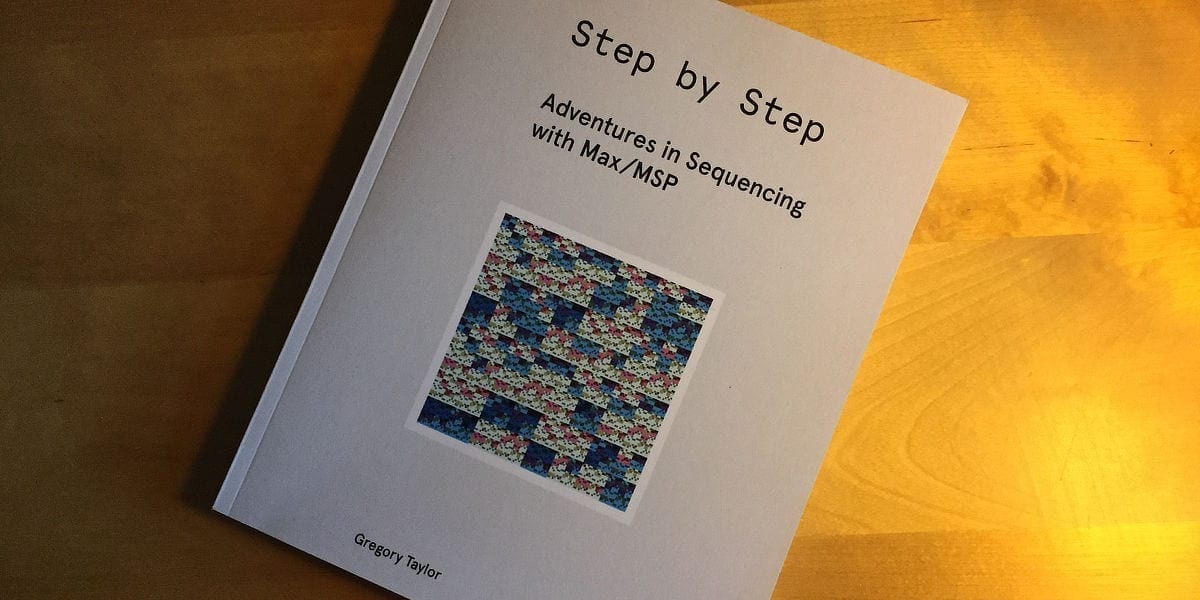
The strongest point of the book, in my opinion, is that Taylor shows good practises in Max programming throughout the book and stresses to reexamine how we think about features or ideas. This already shows conceptually in the structure of the book. “Step By Step” starts off with a very simple version of a step sequencer to then take individual functional parts as starting points for adding new features or rethinking the underlying ideas. With each feature addition or modification we get to know more Max objects.
Taylor provides a unique look at how larger projects in Max/MSP can be constructed, patched, and modified to create a myriad of individual variations on the ever-popular monophonic step sequencer. He strongly encourages the use of abstractions – little subpatches, that can be reused in other projects. The modifications and additions of features described in the book alone gave me ideas for devices I would love to have, but haven’t seen yet, and their abstractions could be used as perfect starting points. He also invites critical thinking, which often can lead to better patches, because we examine our initial ideas to see if there are other possibilities, ways of seeing and doing.
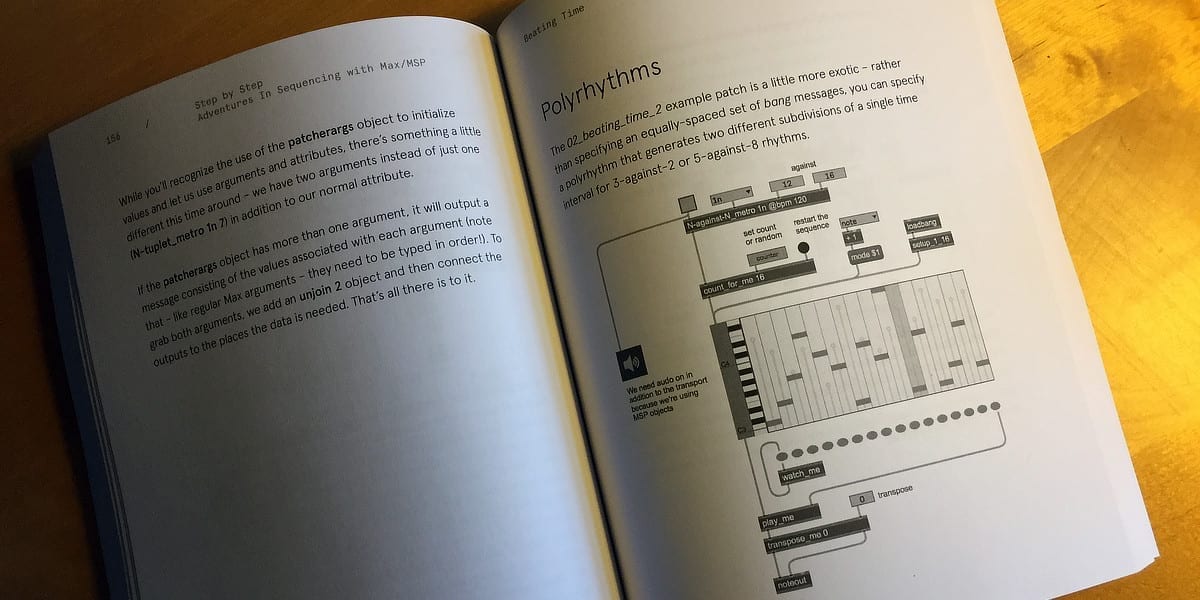
The book is not for total beginners of Max/MSP, but someone who understands the bare essentials of Max, which can easily be learned by going through the built-in Max tutorials and guides. While the book addresses Max for Live, it only really looks into incorporating Max for Live devices into a Max patch. Nonetheless, it should still be very useful even for Max for Live users, but you’d need a Max license to open the provided patches.
For anyone with a basic understanding of Max programming, this book will connect the dots in how to create practical, musical and fun patches while continuously learning and getting fresh ideas. I think I might set aside some time to go through the tutorials myself. Reading through the book made it seem fun and instantly gave me ideas for things I’ve wanted as features forever.

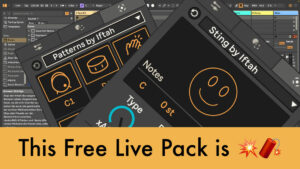
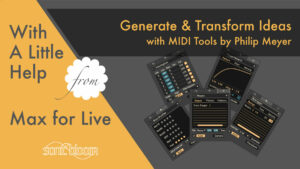
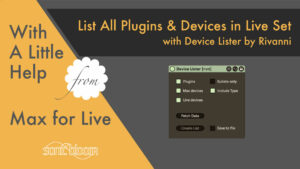
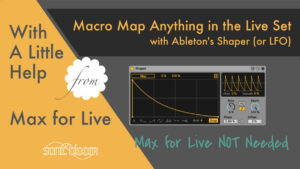
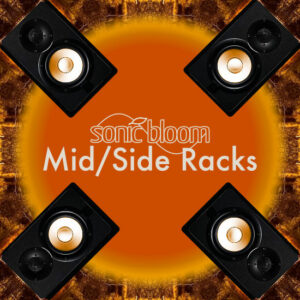
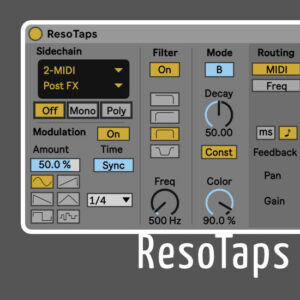
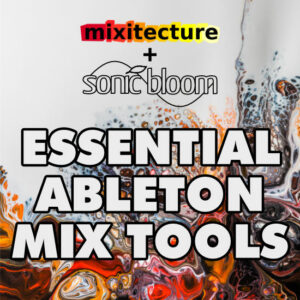
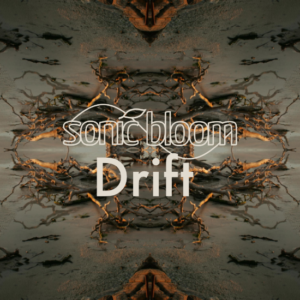

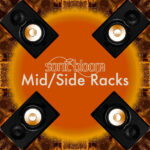

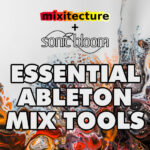
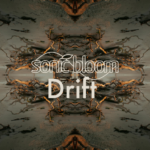
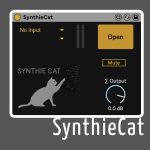
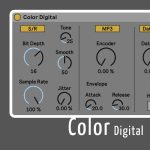
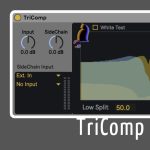
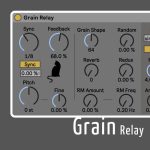
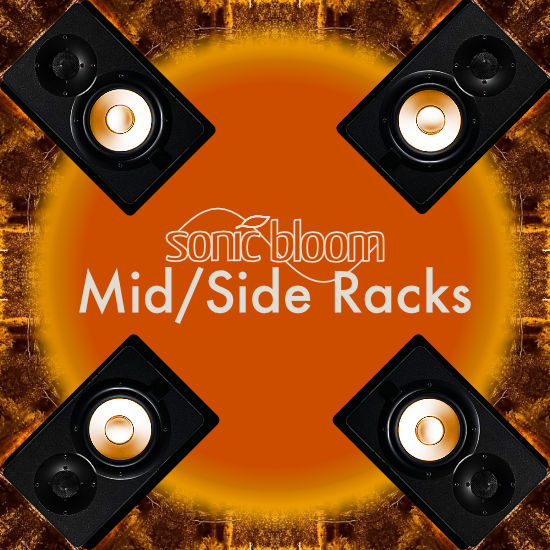
3 responses
excelent nice resource to max!
Hi Madeleine.
I’m quite interested in this book, but wondering if it easily translates into MAX4Live?
would it be as simple as using the midiin and midiout objects in MAX4Live as apposed to the max stand alone equivalent?
I would be following the tutorial in the book and not relaying on the down load examples?
I’m not sure if all abstractions used in the Max patches are explained in depth. If not, trying to just follow the book without being able to open the patches, won’t get you working results. I’d recommend following along with a Max trial license. You should also have a look at the peculiarities of Max for Live (the Live API stuff mostly).